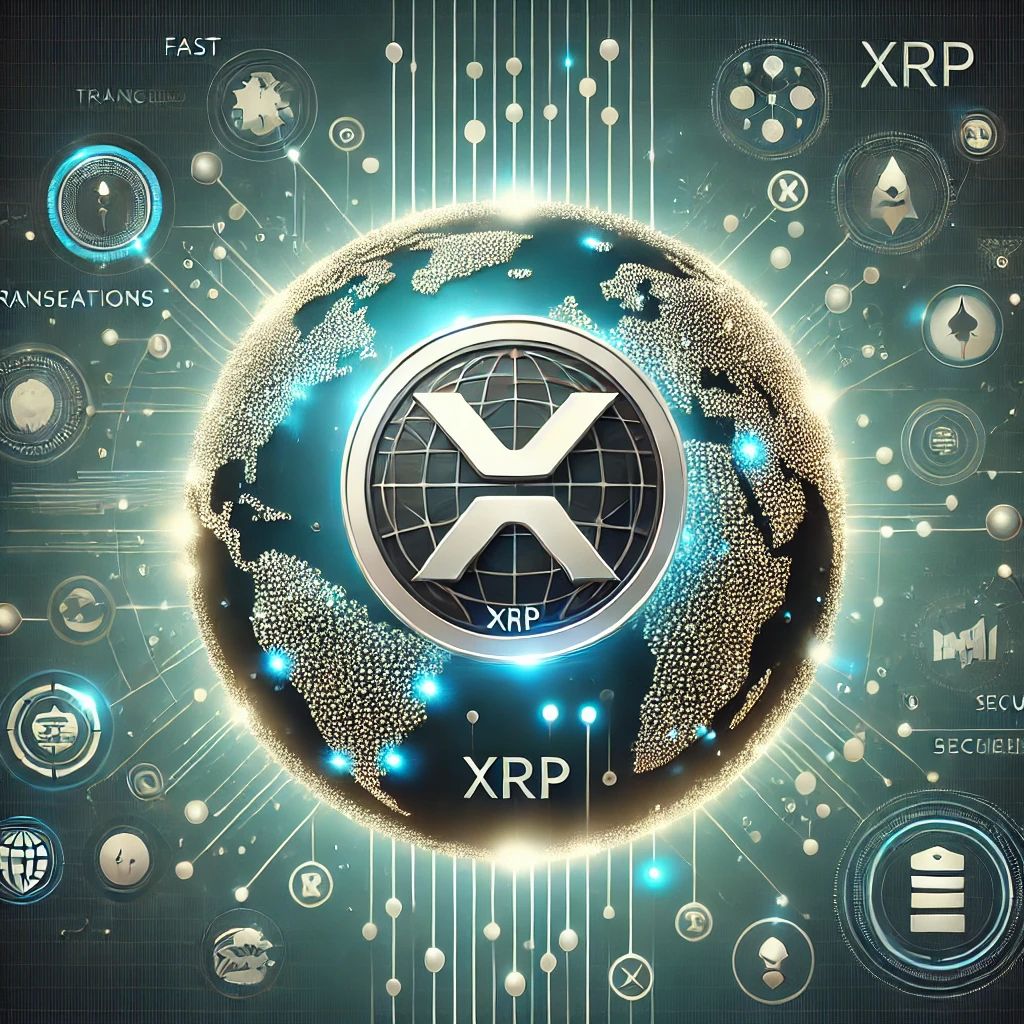Ripple (XRP) is a digital asset and platform designed to optimize international payments. Ripple aims to replace outdated banking systems by offering fast, secure, and low-cost transactions.
💡 Fun Fact: Ripple was founded in 2012, making it one of the oldest cryptocurrencies.
2. Name and Symbol
• Full Name: Ripple
• Symbol (Ticker): XRP
3. History of Ripple
Ripple was developed by Ripple Labs to solve the problem of expensive and slow international transfers.
Key Milestones:
• 2012: Ripple Labs was founded.
• 2014: RippleNet protocol launched.
• 2020: SEC lawsuit against Ripple began.
• 2023: Ripple won part of the lawsuit, boosting XRP’s price.
4. Market Capitalization and Significance
• Market Capitalization: $54 billion (as of January 2025).
• Maximum Supply: 100 billion XRP.
Ripple consistently ranks among the top cryptocurrencies due to its significant role in the financial sector.
5. Ripple Technology
Ripple operates on its proprietary protocol, RippleNet, enabling instant cross-border transactions.
Key Features:
• XRP Ledger (XRPL): A decentralized blockchain to process transactions.
• xCurrent Technology: Facilitates instant bank-to-bank transactions.
• xRapid Technology: Uses XRP for liquidity in international payments.
6. Advantages of Ripple
• Speed: Transactions complete in 3-5 seconds.
• Cost-Effectiveness: Minimal transaction fees.
• Bank Integration: Used by major institutions like Santander, American Express, and SBI Holdings.
7. Applications of Ripple
Ripple is actively used for cross-border transfers, making it highly sought after by banks and financial institutions.
Examples of Use Cases:
• Seamless international money transfers.
• Reducing transaction costs for financial institutions.
• Real-time transaction execution.
8. Ripple Ecosystem
Ripple continues to expand its ecosystem with solutions for various sectors:
• RippleNet: A network connecting banks and financial institutions.
• XRP Ledger: An open blockchain supporting decentralized applications (dApps).
9. Official Resources
• Official Website: ripple.com
• Social Media:
10. Advantages and Risks
Advantages:
• Strong partnerships with financial institutions.
• High transaction speed and low fees.
• Continuous development of real-world applications.
Risks:
• Legal challenges with the SEC.
• Competition with other blockchain platforms.
• Centralized governance by Ripple Labs draws criticism.
11. Ripple’s Future
Ripple continues to expand its network and enhance its technology. If legal issues with the SEC are fully resolved, XRP could become even more appealing to banks and enterprises.
Conclusion
Ripple (XRP) is more than just a cryptocurrency; it’s a real tool for improving international financial operations. Its technologies are already utilized by banks worldwide, solidifying XRP’s market position.
💡 Want to learn more about Ripple? Visit Cryptonna.com for exclusive insights and educational materials on cryptocurrencies.



